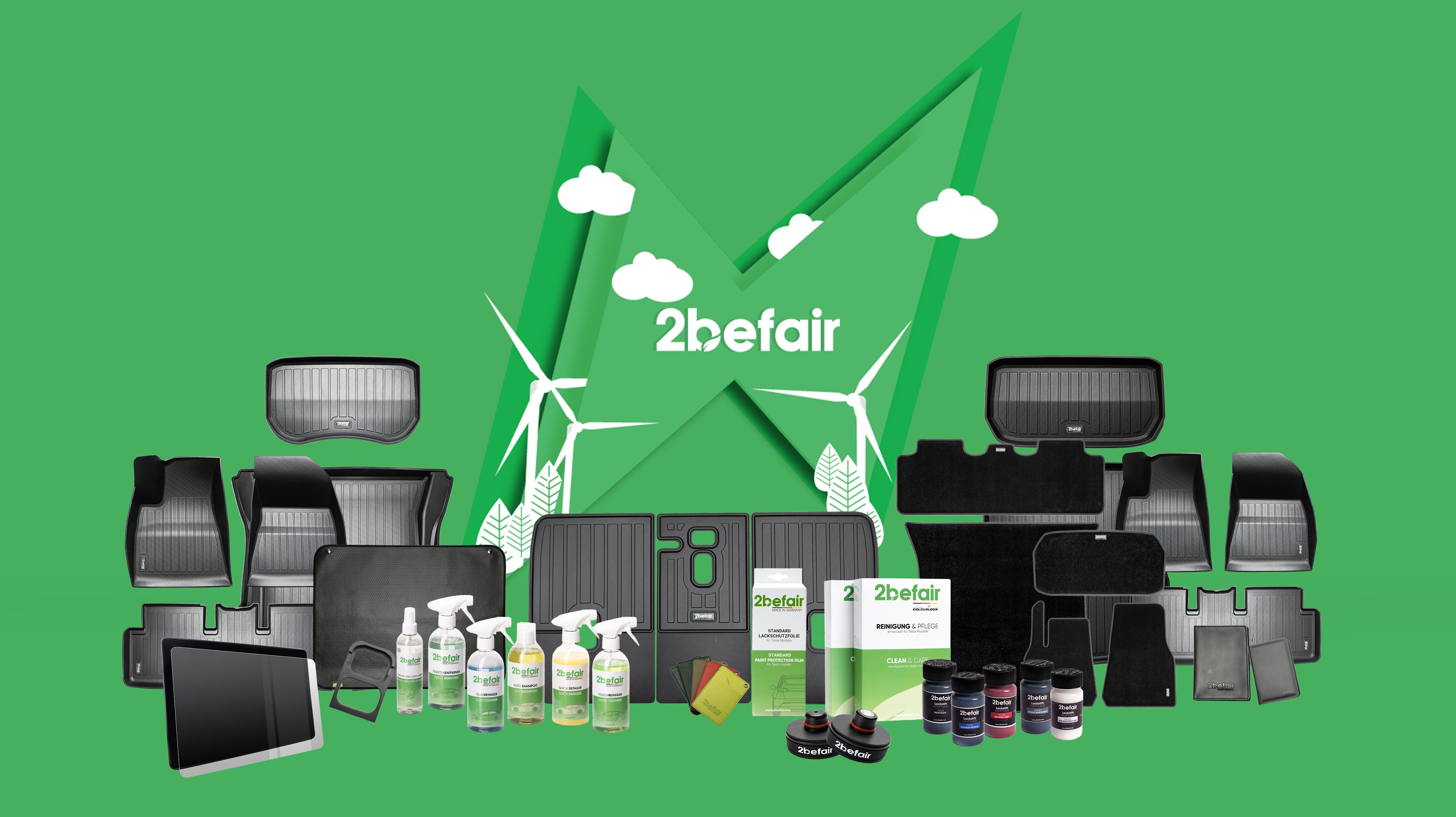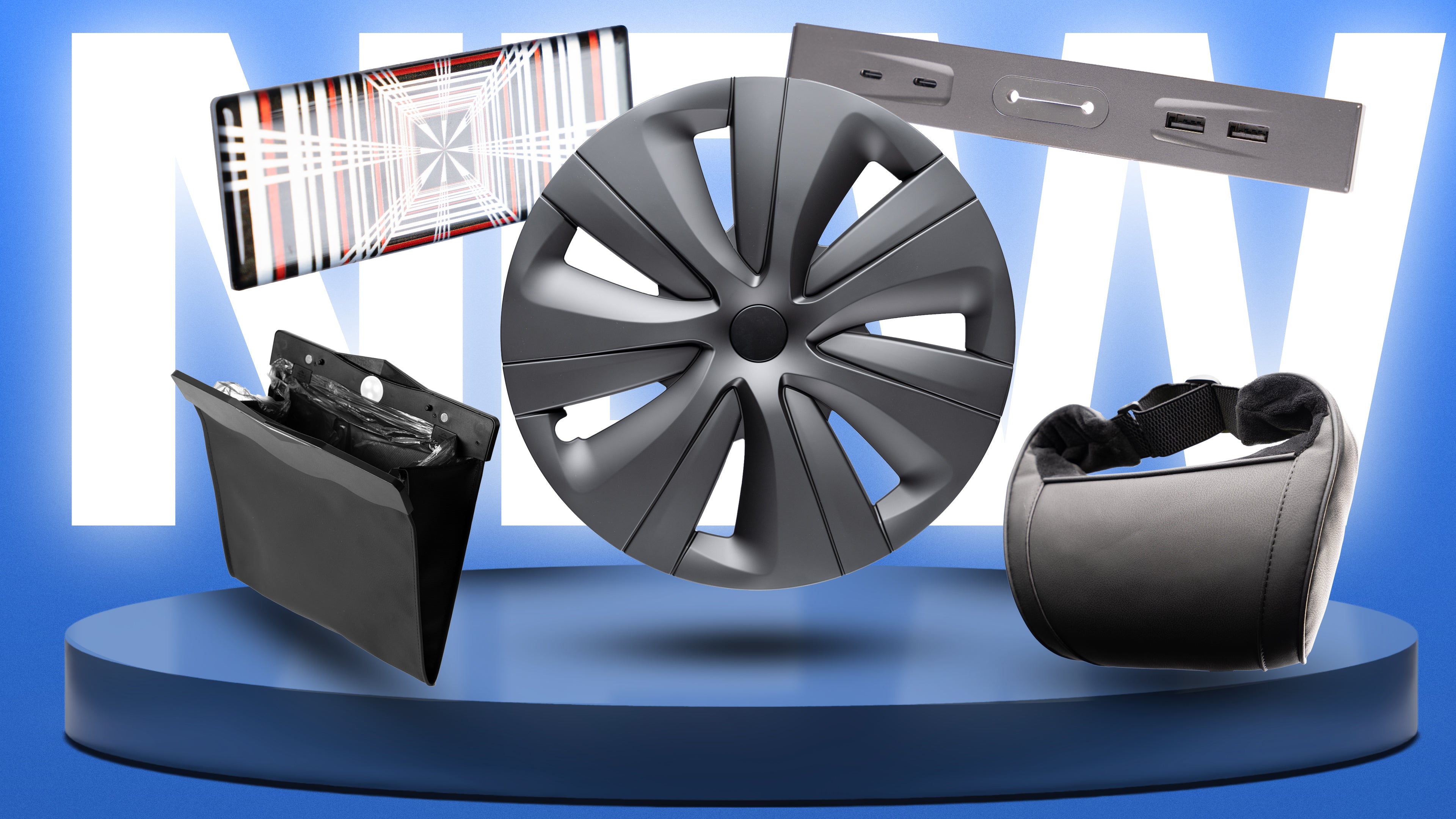The development of Tesla's Full Self-Driving (FSD) technology requires enormous amounts of data to be accurately labeled. Traditionally, this data labeling has been done manually, which is time-consuming, costly and error-prone. Tesla has developed an automated system that revolutionizes this process.
The challenge of data labeling
In order to train an advanced AI model such as FSD, it is essential that the data collected is correctly labeled. Until now, human reviewers have had to sift through millions of hours of video and manually label the relevant objects and events. This process is not only tedious, but also prone to human error.
Tesla's automated solution
Tesla has patented a model-independent system for automated data labeling. This system utilizes the extensive data collected by the Tesla-fleet to create a precise 3D model of the environment. This model then serves as the basis for the automatic labeling of new data.
Three-stage process
-
High-precision mapping: Through the fusion of data from several Tesla-vehicles equipped with cameras, radar and other sensors, a detailed 3D model of the environment is created. This model contains information about roads, lane markings, buildings, trees and other static objects.
-
Reconstruction of multiple journeysTo refine the 3D model and capture dynamic elements of the environment, the system analyzes data from multiple trips through the same area. This allows moving objects to be identified, their trajectories tracked and their behavior in the environment understood.
-
Automated labelingOnce the 3D model is sufficiently detailed, it is used to automatically label new data. When a Tesla-vehicle encounters a new scene, the system compares the real-time sensor data with the existing 3D model. This allows objects, lane markings and other relevant features to be automatically identified and labeled.
Advantages of the automated system
-
EfficiencyAutomated data labeling significantly reduces the time and resources required to prepare training data. This accelerates the development cycles and enables Tesla, to train its AI with much larger data sets.
-
Scalability: The system can process huge data sets derived from millions of miles driven by the Tesla-fleet. As the fleet grows and more data is collected, the 3D models become more detailed and accurate, further improving the automated labeling process.
-
AccuracyBy eliminating human error and bias, automated labeling improves the accuracy and consistency of labeled data. This leads to more robust and reliable AI models.
Application areas
Although this technology has a significant impact on FSD, it can Tesla this automated labeling system can also be used to train AI models for various tasks:
-
Object recognition and classificationPrecise identification and categorization of objects in the environment, such as vehicles, pedestrians, traffic signs and obstacles.
-
Kinematic analysisUnderstanding the movement and behavior of objects, predicting their trajectories and anticipating potential hazards.
-
Shape analysisRecognizing the shapes and structures of objects, even when they are partially obscured or viewed from different angles.
-
Occupancy and surface detectionCreating detailed maps of the environment, identifying occupied and unoccupied space and understanding the characteristics of different surfaces (e.g. road, sidewalk, grass).
Conclusion
Tesla's automated data labeling system is a turning point for AI development. By utilizing the power of its fleet and 3D mapping technology, it has Tesla created a self-learning system that is continuously improving its ability to understand and navigate the world.
Keywords: Tesla, Tesla Model Y, Tesla Model 3, Tesla Accessories, Tesla Store, Shop4Tesla, Tesla News, automated data labeling, Full Self-Driving, FSD, 3D model, AI training, object recognition, kinematic analysis, shape analysis, surface recognition








































